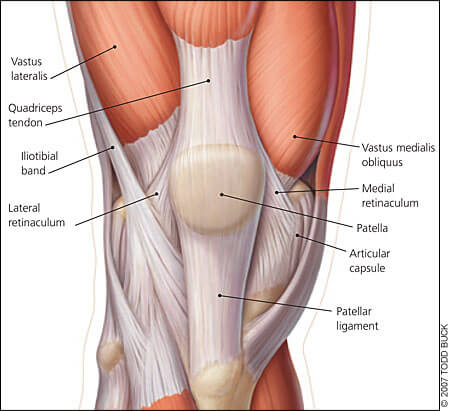10/07/2024
Knee replacement is one of the most commonly performed orthopedic procedures in the country with nearly 800,000 procedures performed annually. There are many ways to perform the surgery, from the different implants to different technologies, including robotic-assisted surgery. One particular area of interest is in the surgical approach. Think of a surgical approach as the path through muscles or other body structures to approach the actual part of the body where surgery needs to occur.
Approaches for a total knee replacement can be simply summed up in two different ways, one being a muscle-splitting approach and the other being a muscle-sparing approach.
Muscle-Splitting Approach
The traditional approach for a total knee replacement is a muscle-splitting approach called the Medial Parapatellar approach. In this approach, the quadriceps tendon and knee joint capsule are incised (cut) in-line with its fibers and split open in a side-to-side manner to visualize the knee joint. At the end of the procedure, the two sides are then brought back together in what is called a side-to-side repair. This approach has been used for decades, and is the standard, or traditional, approach to a knee joint in primary and revision knee replacements. This approach provides the most extensive visualization of the knee. Although the muscles will be weakened after surgery, the quadriceps muscle is never detached, which means muscle function is still somewhat preserved (1). The downside to the approach is the potential for quadriceps weakness after surgery and potential for loss of repair and subsequently issues with the kneecap tracking. There is an additional risk for the loss of blood supply to the kneecap as three of the four blood vessels to the kneecap are compromised by this approach. With all things considered, this approach has been the most commonly utilized approach for total knee replacement and offers a very successful outcome.
Muscle-Sparing Approach
A newer approach to total knee replacement has been popularized lately. The concept of a muscle-sparing approach has been shown to offer improvements in early clinical outcomes (1,2,3). Some practices refer to this approach as the Jiffy Knee or the Nano Knee. There are two primary muscle-sparing approaches: the midvastus and the subvastus approach.
In both approaches, the quadriceps tendon is left completely intact. In the midvastus approach, the inner-most quadriceps muscle is incised (cut) in between its fibers and the procedure is performed through this interval. In the subvastus approach, the entire muscle belly is lifted and the inner-most muscle is left completely intact. In both approaches, the clinical evidence has shown better early function with improved strength, gait mechanics, and reduction in pain (1,2). By maintaining the inner structures, the blood supply and soft tissues are left intact to allow for potentially less kneecap complications (2). However the downsides to these muscle-sparing approaches are potentially more significant bruising and hematoma formation from delayed muscle bleeding, and visualization can be challenging.
Although the surgical approach may have an impact, the successful outcome of a total knee replacement is the culmination of multiple steps from the time you first see your doctor, to the point you complete your post-surgical care and/or physical therapy. Therefore, it is most important to choose a surgeon you feel comfortable with, regardless of their approach. If you are trying to select a surgeon at OrthoNebraska, we recommend choosing the one with the training, experience and reviews or recommendations that make you feel the most comfortable. You would then make an initial appointment to confirm your level of comfort before considering whether surgery is right for you.
- C Katragadda, Bharat, et al. “Midvastus versus medial parapatellar approach in simultaneous bilateral total knee arthroplasty.”The Journal of Arthroplasty, vol. 38, no. 11, Nov. 2023, pp. 2301–2306, https://doi.org/10.1016/j.arth.2023.05.043.
- Liu, Hong-Wei, et al. “Surgical approaches in total knee arthroplasty: A meta-analysis comparing the midvastus and subvastus to the medial peripatellar approach.”The Journal of Arthroplasty, vol. 29, no. 12, Dec. 2014, pp. 2298–2304, https://doi.org/10.1016/j.arth.2013.10.023.
- Stubnya, Bence G., et al. “Subvastus approach supporting fast-track total knee arthroplasty over the medial parapatellar approach: A systematic review and network meta-analysis.”The Journal of Arthroplasty, vol. 38, no. 12, Dec. 2023, pp. 2750–2758, https://doi.org/10.1016/j.arth.2023.06.004.



